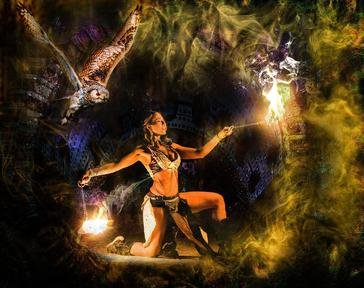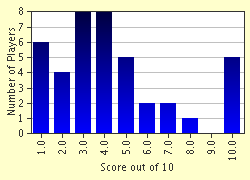Quiz Answer Key and Fun Facts
1. What happened in 1918 that facilitated a wider knowledge of Javanese court dance?
2. Utdets and sampours are both scarves used in Javanese court dances, but what is the difference between them?
3. Traditional Javanese dance is distinguished as either Surakarta or Jogjarkarta style. What do these words refer to?
4. 'Joged bumbung' is a social dance still performed in Bali. What is unique about this dance when seen in the context of other Balinese dances?
5. Balinese dance generally only makes use of a single sort of prop. What is this prop?
6. Which of these does NOT take place as part of the Balinese exorcism trance dance 'sang hyang jaran'?
7. The Sumatran 'indang' dance shows the Islamic influence on the region. How so?
8. What distinguishes the Bissu of Sulawesi from other dancers?
9. What does the term 'topeng' refer to in terms of Indonesian dance?
10. What is the gamelan?
Source: Author
rj211
This quiz was reviewed by our editing team before going online.
Any errors found in FunTrivia content are routinely corrected through our feedback system.

